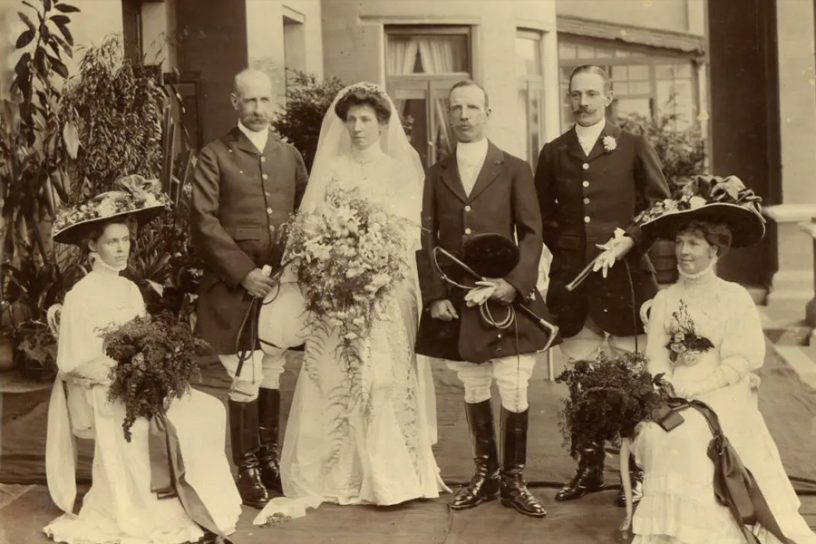
This paper argues that the Doon’s female imperial architextures invented new prospects of grafting Anglo-Saxon aesthetics on the Himalayan terra nullius, diminishing, miniaturizing, and depopulating aspects of the hazardous, the alien, and the local.
Author
Arup K. Chatterjee, Associate Professor, Jindal Global Law School, O.P. Jindal Global University, Sonipat, Haryana, India.
Summary
Established as colonial hill stations in Indian’s Doon Valley, in the 1820s, Mussoorie and Landour emerged in Victorian literary imagination with the journals of Emily Eden, Fanny Parks, and the Wallace-Dunlop sisters.
This paper argues that the Doon’s female imperial architextures invented new prospects of grafting Anglo-Saxon aesthetics on the Himalayan terra nullius, diminishing, miniaturizing, and depopulating aspects of the hazardous, the alien, and the local.
A thread of archetypes —jhampauns (Himalayan loco-armchairs) and Himalayan vistas— link the aesthetic arcs in the journals of Eden, Parks, and the Wallace-Dunlops.
Although the architexture was ostensibly apolitical, it imbued the Doon’s representational spaces with a reproducible English character, rendering its terra incognita into terra familiaris in imperial psyche, while carving a distinct imperial subjectivity for Memsahibs.
Published in: Lectora
To read the full article, please click here.


